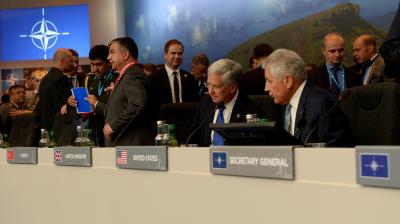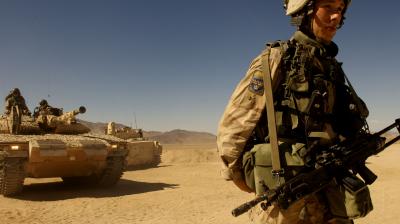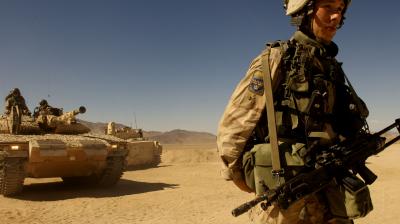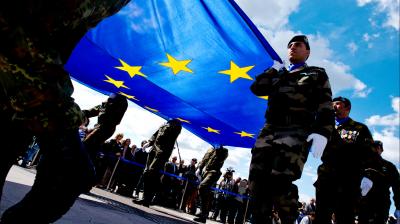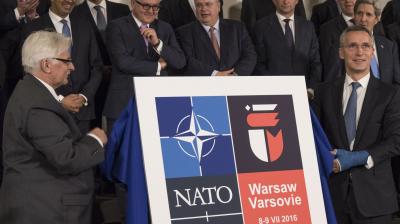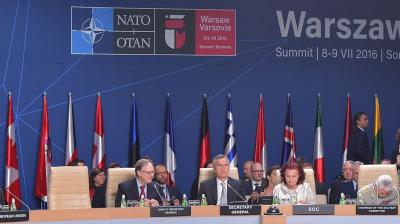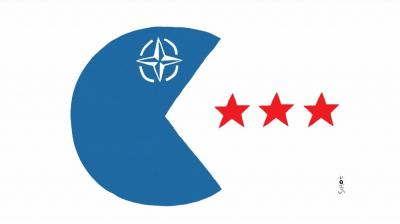New Threats, New EU and NATO Responses
Europe is facing instability and conflict in the East and in the South, which together form a mixed bag of different threats. The Russian interference in Ukraine has fundamentally changed the situation at Europe’s eastern borders. Putin’s hybrid warfare – no open armed confrontation but covert military support and anti-Western propaganda – poses new challenges to European security. In the Middle East jihadism has been brought to extreme levels by Islamic State, acting both as a state and a non-state actor. IS is now even spreading its wings into Africa. Europe is facing dire consequences with the problems of foreign fighters, growing migration flows across the Mediterranean and increasing transborder crime.
New threats require new responses from the European Union and NATO. The Alliance is very much focused on the East, reinforcing its rapidly deployable military capabilities. Less clear is how NATO, a political-military alliance, has to respond to hybrid threats, which is the most likely option for Russia to challenge the West. It seems that NATO needs more flexible responses to deal with such challenges. The EU’s neighbourhood policy, both to the East and to the South, is outdated. A more robust Common Security and Defence Policy seems to be required. Covering the whole-of-government the EU is well placed to deal with hybrid threats. Yet, it remains very difficult to bring all the available instruments together in an integrated way. Finally, the new threats also raise fundamental questions about the EU-NATO relationship, which has been based on complementarity but related to crisis management operations of the past. The EU-NATO relationship urgently needs reform.
Read the report here.




